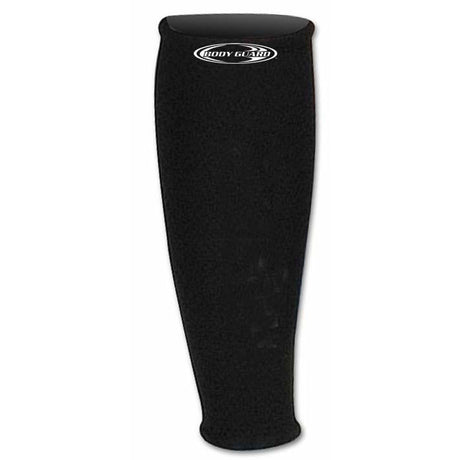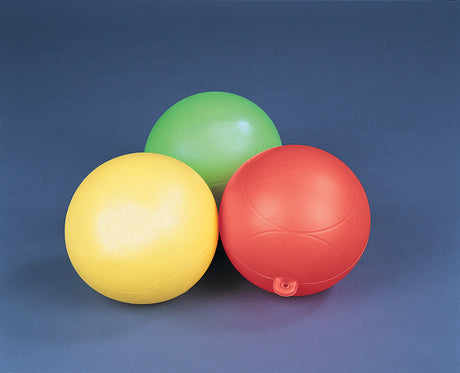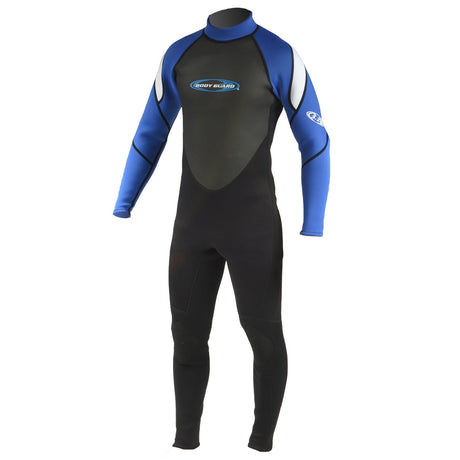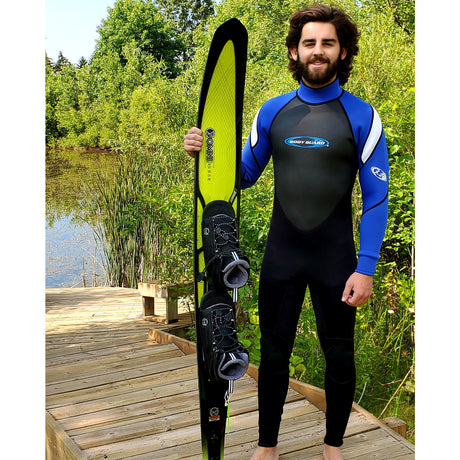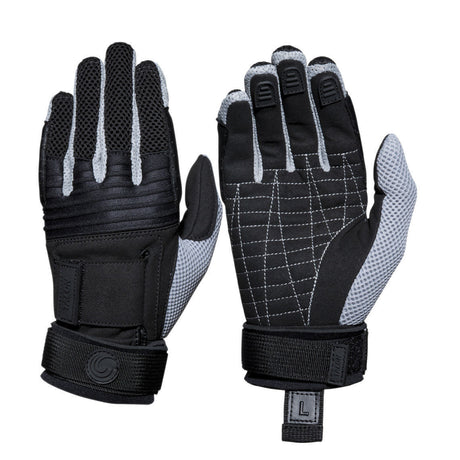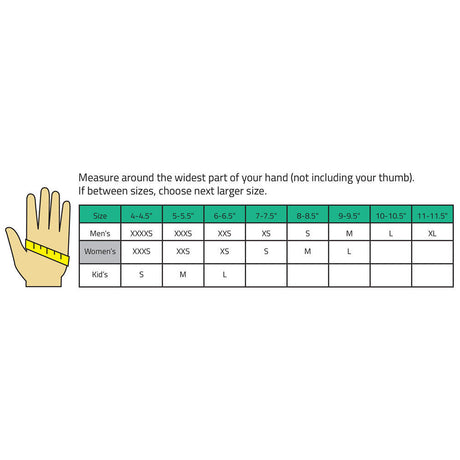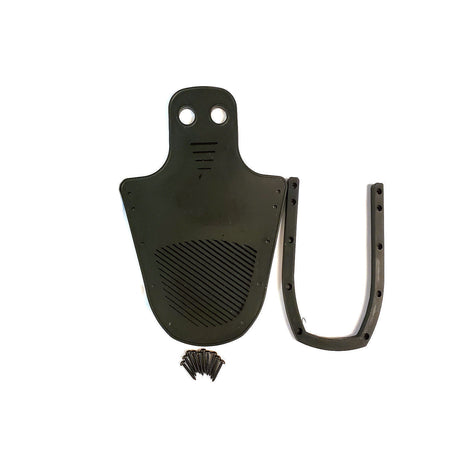To be fun and safe, towed watersports rely on one thing above all else: Proper tow speeds. There are different optimal tow speeds for different activities, including combo and slalom skiing, wakeboarding and kneeboarding, and tubing. What's best for each? Let's review:
Best Tow Speeds for Combo Skis

For a beginner skier, 20 MPH is a good starting speed. This provides enough speed to easily get up and moving, and it'll ensure good stability when your new skier's learning to turn and carve behind the boat.
For experienced skiers, 30 to 35 MPH is an ideal speed. These higher speeds are needed to improve responsiveness -- something a skier benefits from when trying to make tighter turns and master more technical riding.
When it comes to riding confidently, ski size and specifications matter as much as tow speed. Read our Beginner's Guide to Combo Water Skis.
Best Tow Speeds for Slalom Skis

For recreational slalom, 25 to 30 MPH is fine. These speed keeps things smooth, allowing for a more relaxed pace that suits wide, swooping turns behind the boat.
For competition slalom, shoot for 30 to 35 MPH. This speed range is ideal for providing maximum responsiveness, allowing the skier to get deep into turns without losing stability -- this is necessary for properly running through a slalom course or competition.
Make sure you've got the ride slalom ski for your skill level! Read our Ultimate Buyer's Guide to Slalom Skis.
Best Tow Speeds for Tubes

For young children, start off at 15 to 20 MPH. This is a safe speed range that allows children to get used to the tube with a smooth, predictable ride.
For 1- to 2-person tubes, a speed of 20 to 25 MPH is recommended. This is generally the safe limit for most towed tubes -- speeds higher than this can place stress on the tube's attachment anchor.
For adults and larger tubes, 30 to 35 MPH may be safe. These speeds are usually suitable for larger tubes with adult riders, but they should be approached responsibly. Avoid towing a tube this fast in rough, choppy water, and focus on making smooth turns to avoid high shear loads on the tube's rope and anchor point.
Learn other important tips for towing a tube with our guide! How to Tow a Boat Tube: Do's and Dont's.
Best Tow Speed for Wakeboards

Speeds of 15 to 20 MPH are best for beginner wakeboarders. Keep in mind that slower speeds make getting up and moving on the water more difficult. It may be better to start out a bit faster. Then, once your rider's moving, you can slow the tow a bit while they learn to ride confidently.
Speeds of 20 to 25 MPH are good for intermediate riders. This speed range balances stability and control, allowing the wakeboarder to carve more tightly through the wake and catch some air.
Speeds up to 30 MPH are for advanced wakeboarders. These speeds are necessary to create larger wakes for advanced riders who want to catch big air and perform tricks. Keep in mind the conditions on the water, and avoid these speeds when the water's rough, or when there's high wind.
Make sure you've got the right wakeboard to match your riding style and skill level. Read our Guide on Choosing The Right Wakeboard.
Best Tow Speeds for Kneeboards

Speeds of 10 to 15 MPH are best for new, young riders. These speeds provide enough momentum to make getting up and strapped in on the board easy, while keeping things relatively calm and smooth on the water.
For experienced riders, 20 MPH is an ideal speed. This is an ideal speed for experienced riders who want to enjoy a little more excitement and perform some spin tricks.
Regardless of speed, getting up on a kneeboard can be tricky. Read our guide on How to Kneeboard for Beginners.
Tips for Proper Towing
Appropriate tow speeds are just one factor in ensuring towed watersports are safe for riders. Follow these tips to prevent damage to equipment, and potential injuries.
Take up Line Slack Slowly
You should never "gun it" when towing a rider. Always get up to speed slowly, ensuring slack is removed from the tow line gradually. This avoids shock to the line and rider's arms.
Match Tow Line Length with Speed
No matter the towed watersport, the tow line involved acts as a shock absorber. The faster you're towing, the longer your line should be. For example, a 60-foot rope may be best for wakeboarding at 20 MPH, but a 70-foot line may be better suited for riding at 25 MPH.
Match Line Length With Rider Skill
Regardless of speed, beginner towed riders benefit from longer ropes. More rope length provides more damping and allows for slower, more controlled turns when skiing, wakeboarding, and kneeboarding.
The same holds true for towed tubes. A longer tow rope reduces the "whip" action a tube experiences in turns, providing a smoother, more stable ride.



